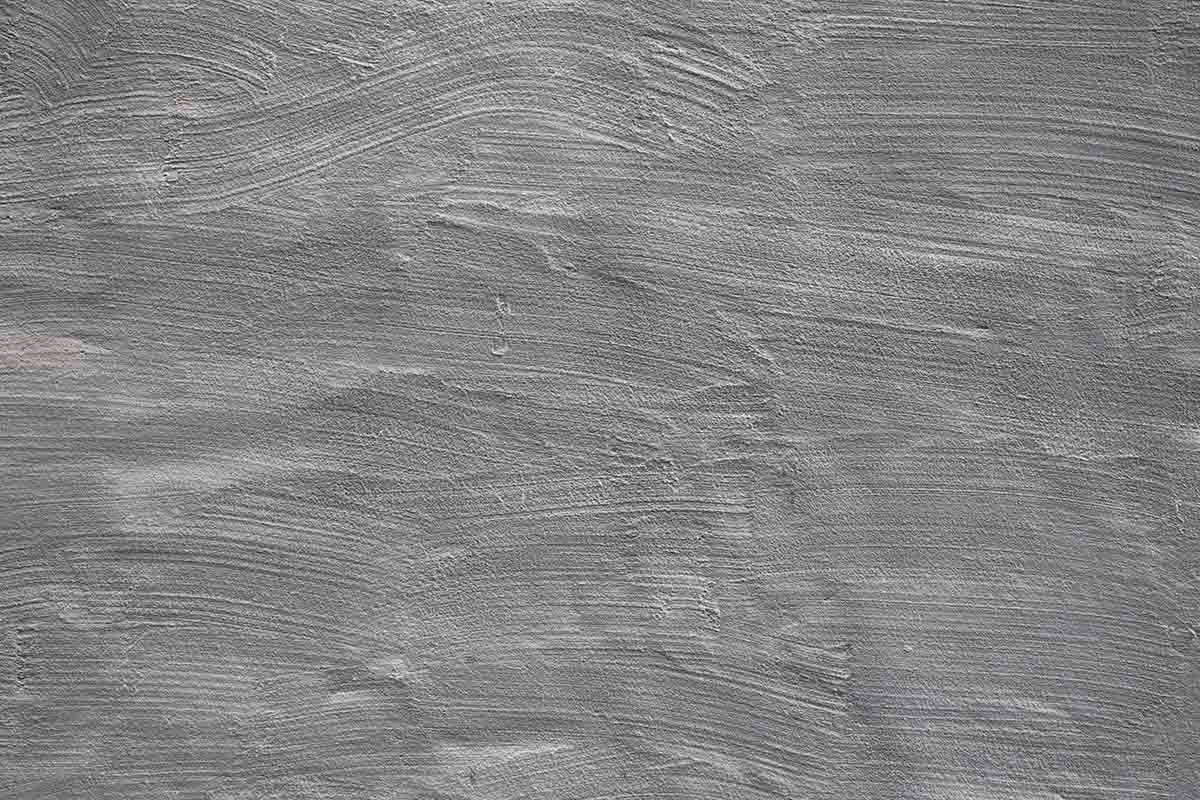
ENRIQUE ROTTENBERG,
THE ARTIST OF A DISTURBING ODDNESS

BRIEF
BIOGRAPHY
The artistic career of Enrique Rottenberg is as plural as his identity. Born in Argentina in 1948, to Jewish parents of Polish-Russian descent, he emigrated alone to Israel at the age of 13. After finishing school and serving in the army, he started a real estate business, while at the same time completing his studies in Philosophy att he University of Tel Aviv. He started producing films and studied at the Camera Obscura Film Institute. Among his best known films are: Nagua, Bar 51, Himo the King of Jerusalem, The Elected. He was director and screenwriter of the film Isaac Finkelstein’s Revenge, which won 7 Awards from the Israeli Film Academy and represented Israel in 1994 at the Academy Awards. In 1993, he arrived to Cuba where he currently lives and creates. Here he wrote the novel Cejalinda, (published under the title: La mujer de su vida, Quarto, Spain, 2006), as a bridge between self-analysis and his philosophy of life. In Cuba he began his photographic work.
In 2010, his series Sleeping with... (Dormir con) was exhibited at the Cuban Photo Library (National Photography Museum), which is now part of this institution’s collection and of several others. Among his most important series are: Self-portraits, The Family, Forgotten, Cuts, On Sale, as well as large format works such as: The Line, The Big Egg, The Roaring Twenties, and the photo installations: 19 Women and One Bed, The Centipede, and The Dance, gathered under the misleading and always deceiving word Utopia.
PHOTOGRAPHIC
WORK
The photographic work of Enrique Rottenberg may be considered controversial, satirical, manic-melancholic, shameless, empathic, alarming...The reasons behind the attraction that it causes, whether it be of allure or tension, laughter or pain, surprise or rejection, beauty or horror, are diverse, but they all seem to be gathered in a certain way under Schelling’s definition of the term: the disturbing oddness - the ominous (unheimlich): “(...) everything that was intended to remain secret, hidden, has come to light.” But yet, everything that seems obvious and familiar becomes paradoxical and borderline absurd. Perhaps Rottenberg’s photography as an unsuspecting heir of the film imagery, tries to represent timeless and motionless scenes, stunned characters, suspended environments, frozen stories, as if each and every one of them were shocked from suddenly coming to light, while remaining irremediably suspended. But this is the face-surface that is capable of opening towards another movement and another time, unknown, unusual, disjunctive: the other scene – the fantasy, and the other side of reality. There’s a certain movement that never ceases to reveal itself in Rottenberg’s work, repeated and distressing, building its multiple layers, which go from the farcical to the edge of reality, from oneiric shadows to the brutal light of the vigil, from self-narcissism to mass psychology, from finding a way out at any price, all the way to encountering the irreconcilable. In these provocations there’s a struggle, away of resisting. Resisting the orders and those who dictate, but also the dominated and defeated; the gods, the myths, the mimicry and consensus, but to some instance of resisting to destiny itself, to all the established and pre-established destinies, even that off finiteness and the indecipherable meaning of life? But Rottenberg is a born storyteller, perhaps because stories area necessity of life, unlike in death. He is also a destroyer of mirages. He has the ability to afflict the subject, until he reveals some invisible, strange place within himself. The looks of his portraits are incisive, painful, powerful, and at the end of that open crack primary helplessness looms. In his compositions he uses eloquent backgrounds, as if what is behind the scene were the undertone of their meaning and their senselessness. Rottenberg’s language is paradoxical, hence that feeling of surprise and perplexity: on one side he’s directly affective unwilling tore-create metaphors;his images are screams, sometimes deaf and others strident, onomatopoeias, moans, silences. Indeed, it seems the desire to recreate metaphors is absent; they make themselves and are imposed at a later time, like the poetry of the mundane. The disruption of the compositional syntax, the variety of colors used, the exposed textures, the bluntness, are what create a “style”, and at the limit, an enigma. A wandering language without a home land, of an identity that escapes from the identical, always becoming: becoming-man, becoming-woman, becoming-animal, becoming-mass, becoming-another...
EDUCATION
Philosophy - University of Tel Aviv
Filmmaker - Academy of Cinema Tel Aviv
Enrique Rottenberg had an important career in Israeli cinema as a producer, director and screenwriter. Six of his fea-
ture films received awards from the Israeli Film Academy. He lives in Cuba since 1994. He is the author of the novel in
Spanish The love of his life, published by Quarto, Spain, in 2006. He began his photographic work in 2008.